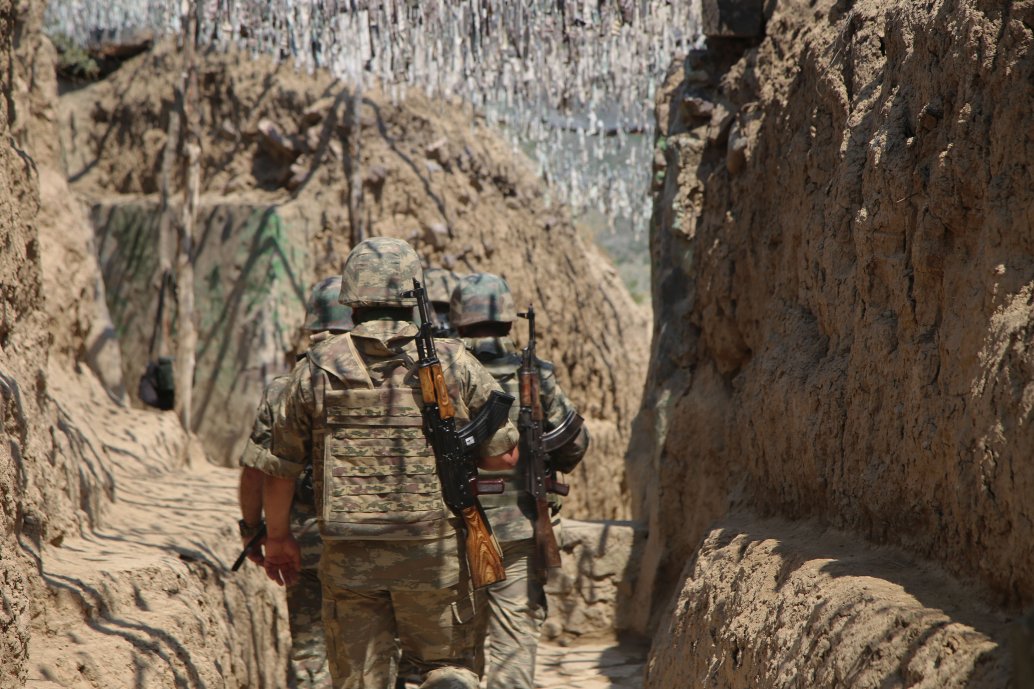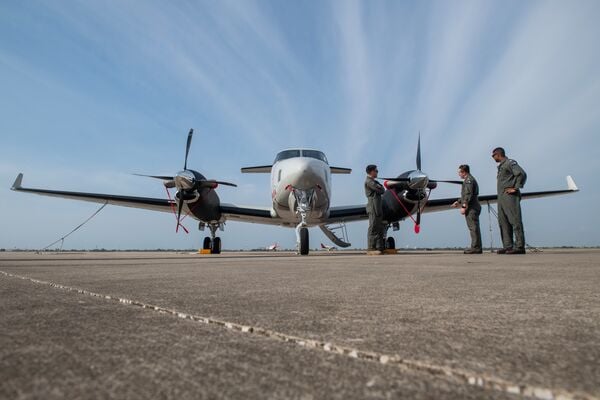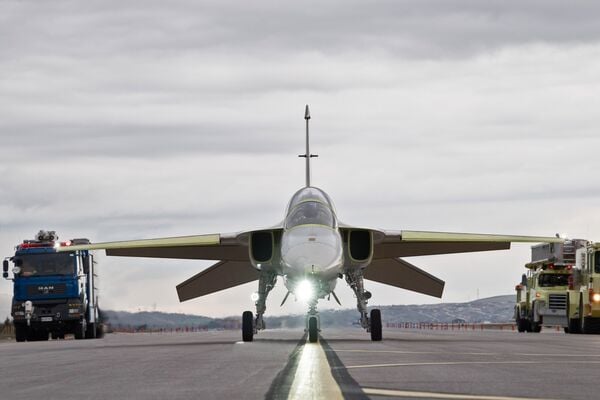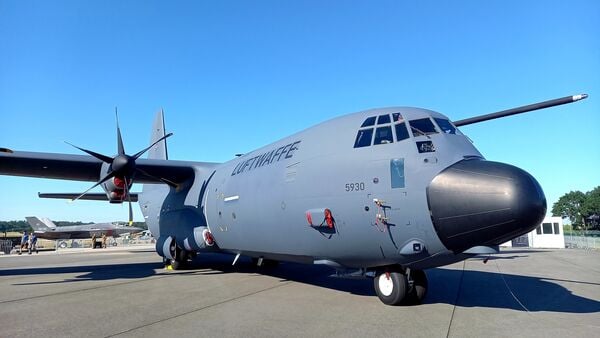- About
- Intara
- Capabilities
- Advisory
- Resources
- News
- Store
Armenia-Azerbaijan territorial dispute remains critical flashpoint
14 September 2020
by Charles Forrester
The long-standing military confrontation between Armenia and Azerbaijan over the disputed territory of Nagorno-Karabakh has been a cause of conflict between the two countries since the breakup of the Soviet Union, and has become one of the former Soviet Union’s longest-running ‘frozen conflicts’. A major escalation between the two sides took place in April 2016 in Nagorno-Karabakh, and resulted in the deaths of between 100 and 200 combatants. Known as the Four-Day War, the battle ended in a stalemate. Clashes in 2018 between Armenia and Azerbaijan also took place in the Azerbaijani exclave of Nakhchivan, located between Armenia, Iran and Turkey.
However, the outbreak of hostilities on 12 July came in an entirely different part of the two countries’ borders. Clashes took place around the towns of Movses in northeastern Armenia and Tovuz in northwestern Azerbaijan. Although the border between the two countries remains heavily fortified yet un-demarcated, more than 150,000 people live within 10 km of the border in the area, primarily on the Azerbaijani side, according to an International Crisis Group report published on 24 July. The heavy fortification of the two sides makes the potential for military miscalculation higher, risking an escalation into conflict.

US Navy accepts first two Textron T-54 deliveries
23 April 2024
by Zach Rosenberg


The first of two Textron T-54s delivered to the US Navy, intended to replace the T-44s. The deliveries were announced on 22 April. (US Navy)
US Naval Air Systems Command (NAVAIR) accepted delivery of the first two Textron T-54 Multi-Engine Training System (METS) aircraft at Naval Air Station (NAS) Corpus Christi, Texas, the service announced on 22 April. The aircraft are set to begin training students at NAS Corpus Christi's Training Air Wing Four in boreal spring 2025, the US Navy (USN) told Janes .
The USN intends to operate 64 of the Textron King Air 200-based aircraft, which will replace the Textron T-44 as the service's main twin-engine pilot training aircraft. Deliveries are set to run through 2026, and the aircraft is meant to operate until 2055.
“This aircraft brings modernised training to student naval aviators and prepares them for the advanced aircraft they will fly in the fleet,” said Captain Duane Whitmer, USN programme manager.
Turkish Air Force places first orders for Hürjet Block 1 jet trainer and Gökbey helicopter
22 April 2024
by Cem Devrim Yaylali


Türkiye has placed four new contracts for domestically developed aircraft, including the first for the Hürjet Block 1 jet trainer (pictured here) and for the T625 Gökbey helicopter. (Turkish Aerospace)
Türkiye has placed its first contracts for the domestically developed Hürjet jet trainer aircraft and Gökbey helicopter.
A signature ceremony for these and two other manned aerial platforms was held with participants from Turkish Aerospace (TA), the Defence Industry Agency of Türkiye (SSB), the Ministry of Defence (MoD), and the Ministry the Interior on 18 April.
The contract for the procurement of 12 additional Hürjet advanced jet trainer aircraft will see these new Block 1 aircraft supplement four Block 0 planes ordered in December 2022. The Hürjet will replace the Northrop T-38 Talon jet trainer in Turkish Air Force (TuAF) service, and the Northrop NF-5 Freedom Fighter used by TuAF demonstration team Türk Yıldızları.
For the Gökbey, 20 of the T625 helicopters were ordered. Of these, seven are for Land Forces Command, four are for the TuAF, three are for the Gendarmarie, three are for the coastguard, and three are for the Turkish police service.
Joint Franco-German C-130 unit receives final aircraft
22 April 2024
by Gareth Jennings


One of the six C-130s that Germany is contributing to the joint unit with France seen at ILA 2022 in Berlin. All 10 of the unit's aircraft are now located at Évreux-Fauville Air Base in northern France. (Janes/Gareth Jennings)
The joint Franco-German C-130 air transport squadron has received its final aircraft, with all 10 Lockheed Martin KC/C-130J tanker and transport aircraft now located at Évreux-Fauville Air Base in northern France.
With the French Air and Space Force (Armee de l'Air et de l'Espace: AAE) having already received its two KC-130J and two C-130J-30 aircraft, the Luftwaffe said on 19 April that its final KC-130J has now been flown into the same location to join its two previously delivered KC-130Js and three C-130J-30s.
The C-130 air transport has an unrestricted exchange of aircraft, aircrews, and maintainers, as well as technical and logistical support based on a common pool of spare parts and a common service support contract. “Ten aircraft, two nations, one association – there has never been anything like this in Europe,” the Bundeswehr earlier said.
The joint air transport squadron is scheduled to achieve full operating capability in 2024–25.
The long-standing military confrontation between Armenia and Azerbaijan over the disputed territory ...
Latest Podcasts
Iran Israel analysis
In this podcast Janes analysts discuss the Iranian attacks on Israel on the 14 April. They highlight the military systems used by Iran and the performance and impact of these on Israel. They also discuss the implications of this attack goi...
Listen nowJanes Case Studies
Using Janes Intara to build a common intelligence picture: Russian build up on the Ukrainian border
View Case StudyNews Categories
 Security Details
Security Details